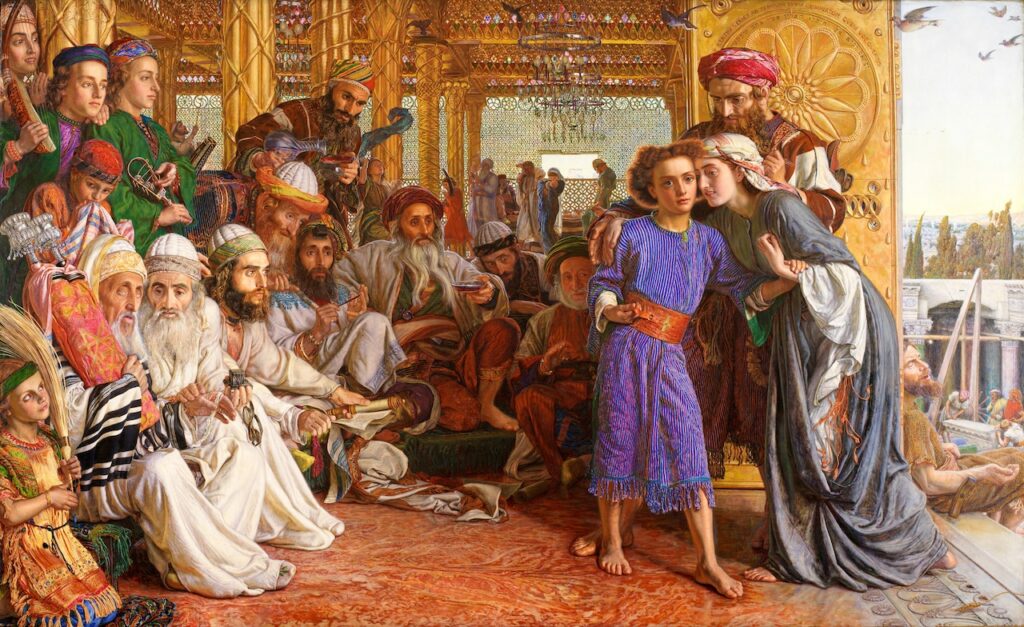Every week my sons stand in the pew at Mass. Sometimes like stairsteps, all five in a row by age and height. Other times like a motley crew, mixed together by shapes and sizes.
Five boys in the midst of becoming men.
They are the reason why the short line tucked within the Nicene Creed catches me with a lump in the throat: “… and by the Holy Spirit was incarnate of the Virgin Mary, and became man.”
We bow at this line, and rightly so. The marvel and mystery of the Incarnation asks every knee to bend.
But the second half of the phrase can get neglected. What does it mean to “become man”?
The original Latin reads, “Et homo factus est”: “and became human” (since “homo” means human, not “vir” which means male). These words thus invite all of us to meditate on what it is to be human – for Christ and for us.
Every adult who loves and cares for children knows how much work it takes to raise the youngest among us: long days, sleepless nights, attentive care and boundless love.
When did Jesus learn to smile or laugh, to talk or walk? How did he learn to share, forgive, make friends and help his parents? His growth unfolded over years as it does for all of us – in everyday moments that are rarely recorded. The catechism reminds us of this relatable truth: “The hidden life at Nazareth allows everyone to enter into fellowship with Jesus by the most ordinary events of daily life” (CCC 553).
Scripture shares only a sliver about Jesus’ growth into adulthood. The Gospel of Luke sums up his first 12 years – between his presentation and his teaching in the temple – with a single line: “The child grew and became strong, filled with wisdom; and the favor of God was upon him” (Lk 2:40).
Then the next 18 years, between his time in the temple at age 12 and his public ministry at age 30, are also gathered into one sentence: “And Jesus advanced (in) wisdom and age and favor before God and man” (Lk 2:52). Luke’s words show us what it meant for Jesus to become man: to grow in faithfulness, wisdom, strength and obedience.
Jesus embodied the fullness of humanity. Not simply that his DNA would have looked like ours under a microscope, but also that he understood intimately all that it meant to be human: our joys, fears, hopes, struggles and suffering. His body changed from child to man. His voice deepened; his limbs lengthened; his muscles strengthened; his language skills advanced.
On Sundays when my jostling sons in the pews pull me back to earth, they remind me that “becoming” is a long process. We are each changing and growing in wisdom, even the smallest among us.
May we learn to look with gentleness on each other’s becoming human – and our own.

